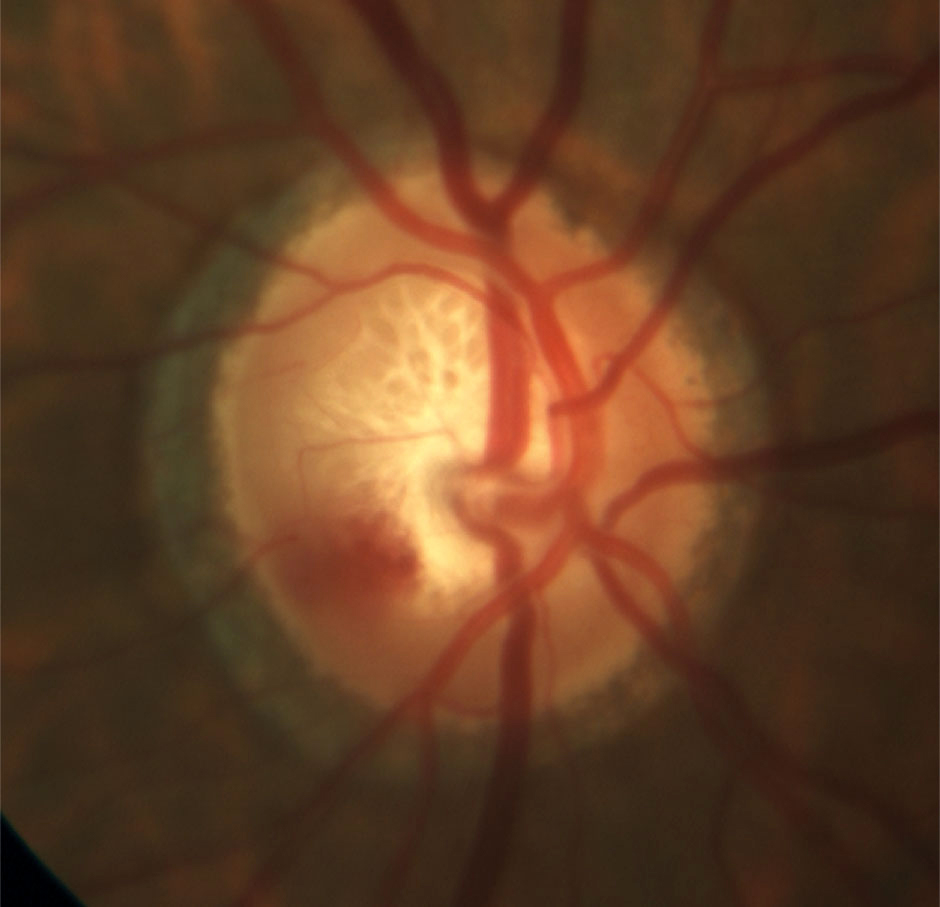 |
| Post-menopausal women taking hormonal medication were observed to have a more elevated IOP in this study. Photo: Jennifer Sanderson, OD. Click image to enlarge. |
Researchers recently published a systematic review assessing the evidence for an association between female reproductive factors and intraocular pressure (IOP) or open-angle glaucoma (OAG). They found that post-menopausal hormone use was associated with lower IOP and OAG.
According to the literature, estrogen may play a neuroprotective role in glaucoma. After menopause, the ovaries produce very little estrogen and progesterone, resulting in a variety of symptoms including vascular changes and sleep alterations.
Two reviewers independently identified 27 relevant studies on adult females that measured exposure of at least one reproductive factor (age at menarche, parity, oral contraceptive use, age at menopause and post-menopausal hormone use). The studies varied substantially in design, exposure and treatments, so meaningful quantitative synthesis wasn’t possible, but the researchers did find “relatively consistent associations” between post-menopausal hormone use and lower IOP.
They reported that estrogen-only post-menopausal hormone use may be associated with a lower risk of OAG (though the individual’s ethnicity may also contribute). They did not found a strong association between parity or age at menarche and glaucoma but noted that younger age at menopause was associated with an increased risk of glaucoma. They also documented associations with longer duration of oral contraceptive use and higher OAG risk but added that it’s not clear yet whether use of oral contraceptives increases OAG risk or if the association is IOP-mediated.
The researchers concluded that post-menopausal hormone use may be a clinically relevant and potentially modifiable risk factor warranting further investigation. “As the prevalence of OAG is expected to increase in the coming years, investigations into sex-specific risk factors and gene-environment interactions will be important in improving our understanding of the associations and pathogenesis of OAG, potentially leading to novel preventative measures and therapies,” they wrote in their paper.
Madjedi KM, Stuart KV, Chua SYL et al. The association of female reproductive factors with glaucoma and related traits: a systematic review. Ophthalmology. June 9, 2022. [Epub ahead of print]. |


